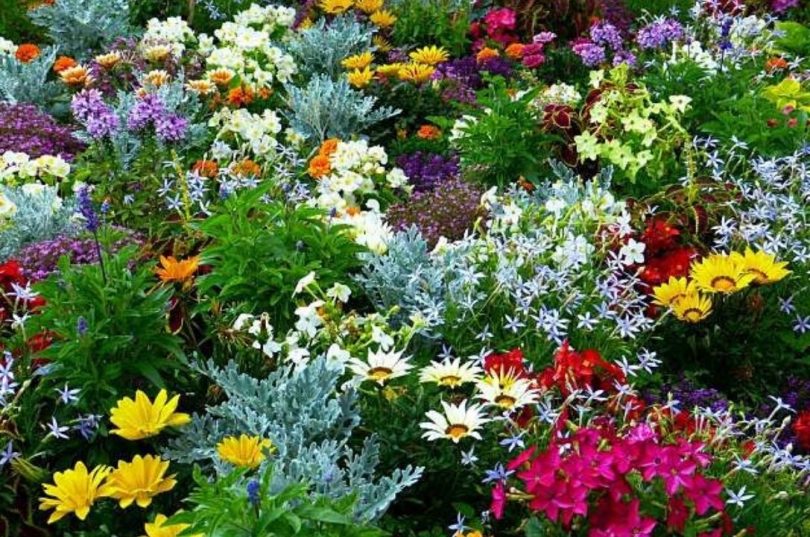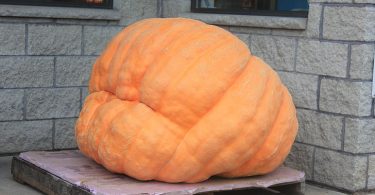PLANTS differ much in their constitution, but in nearly all cases the principal ingredient of a living plant is water. The turnip contains more than ninety per cent, of water, and even timber felled in the driest time usually contains nearly half its weight of water. In addition to water most plants contain carbon, oxygen, hydrogen, nitrogen, sulphur, potassium, phosphorus, and other elements.
The greater part of the carbon which forms so important a part of every plant is obtained from the atmosphere by means of the leaves. The other elements and the water are derived from the soil by the agency of the roots.
Most garden plants are grown from seed, and it may be wondered in what manner the young plant is able to grow before its leaves and roots have appeared. The solution is that the material other than air and water required for the purpose of germination is contained in the seed itself. The store of nutriment thus supplied is enough to carry the young plant to the stage when its leaves and rootlets are sufficiently developed for it to obtain food for itself.
Seeds are storehouses of concentrated food, which explains their great value as foods for men and animals. Wheat, ipeas, beans, and rice are common examples.






